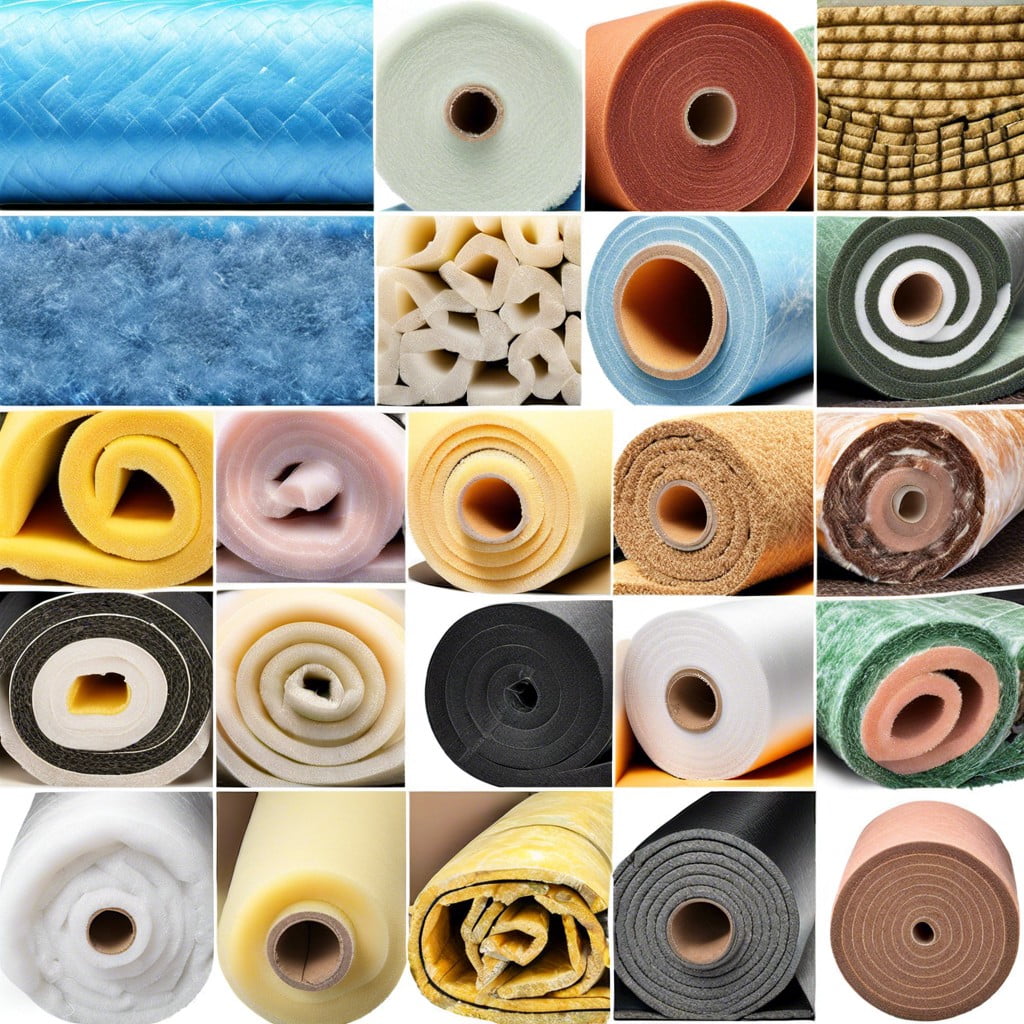Explore the step-by-step process of effectively sealing around metal building windows to enhance energy efficiency and prevent unwanted elements from infiltrating your structure.
Sealing around metal building windows is an essential step in construction to prevent unwanted moisture, drafts, and pests from entering. This process involves a few key steps: selecting the right sealant, preparing the window area, applying the sealant, and ensuring a proper cure.
This article will guide you through these steps in detail, providing you with the knowledge necessary to effectively seal your metal building windows. By following these instructions, you can enhance the durability, comfort, and energy efficiency of your metal building.
So, let’s dive into the nitty-gritty of each step to ensure your windows are sealed correctly.
Key takeaways:
- Choose the right sealant: high-performance elastomeric sealant, silicone-based, polyurethane-based, or butyl rubber.
- Follow the sealing process: clean windows, apply sealant evenly, smooth out lumps, and consider both internal and external sealing.
- Address common issues: use backer rod or gap filler foam for gaps, ensure proper adhesion, and prevent post-application shrinkage.
- Inspect the sealing: check for cracks, perform touch tests, and conduct water penetration tests.
- Maintain window seals: clean regularly, reapply sealant, avoid harsh chemicals, inspect insulation, and seek professional inspections.
Selecting the Right Sealant for Metal Building Windows
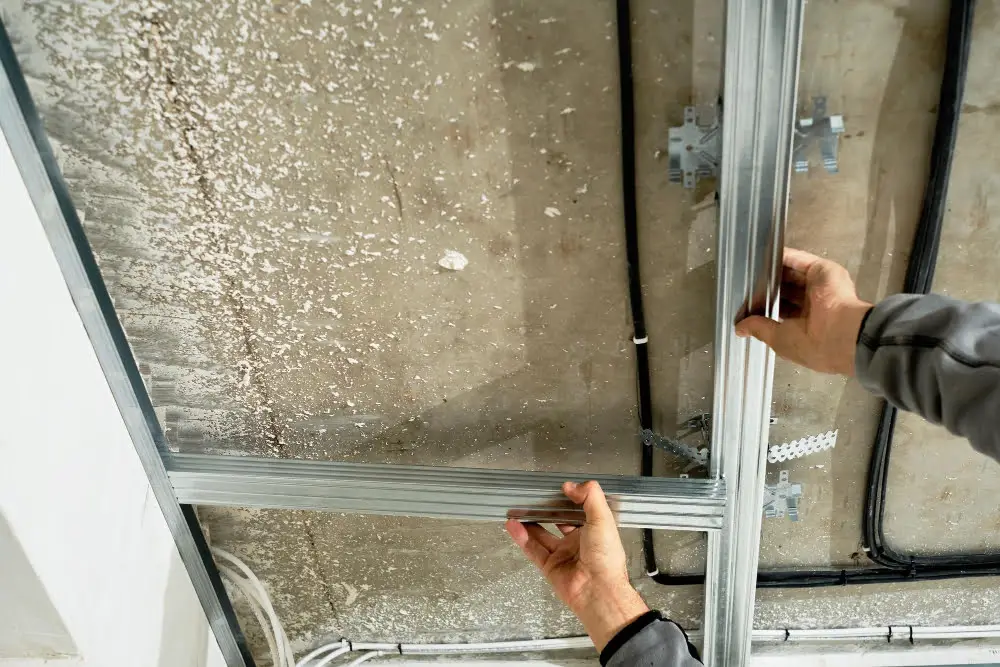
Picking the right sealant is an essential step in ensuring robust weatherproofing of the windows in your metal building. A good starting point is to opt for a high-performance, elastomeric sealant. Its flexibility, adhesiveness, and resistance against ultraviolet rays make it suitable for metal structures.
It’s also worth considering silicone-based sealants, celebrated for their robust water-resistant properties and ability to withstand temperature changes. They are less likely to crack or shrink, ensuring secure and durable sealing.
Polyurethane-based sealants should also be on your check-list. Known for their sturdiness and outstanding adhesion, they are well-equipped to handle heavy industrial settings.
Finally, don’t overlook butyl rubber sealants. These score high on flexibility and moisture resistance, essential for locations with fluctuating weather conditions.
Remember, the choice of sealant will heavily influence the windows’ life and functionality in your metal building. So, choose wisely according to your requirements and the specific environmental conditions of your location.
The Process of Sealing Around Metal Building Windows
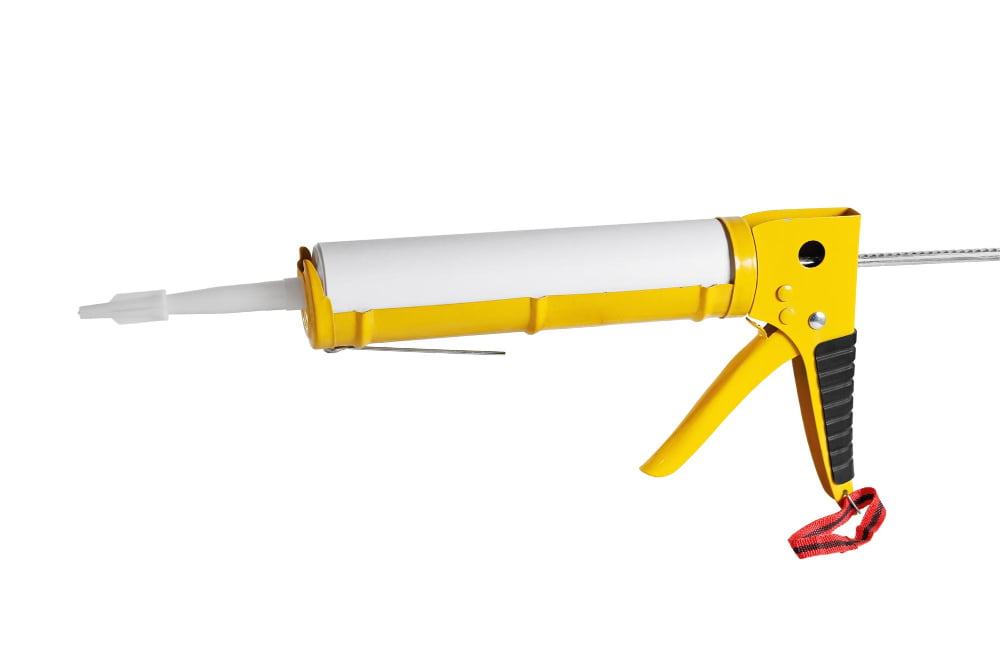
To begin, collect the necessary materials, including a good-quality sealant, a caulking gun, a duster and some cleaning alcohol. Make sure the windows are clean and free from debris.
Start by applying a small bead of sealant around the perimeter of the window, taking care to apply it evenly and ensure that no areas are missed. This will create a waterproof barrier between the window and the metal framing. It’s important to apply the sealant thoroughly and neatly.
Once the sealant is applied, it’s crucial to smooth it out. Using a caulking tool or the back of a spoon, press the sealant into the joint and carefully smooth out any lumps or bumps. This step is crucial in ensuring an even, watertight seal.
It’s advisable to seal from the inside to keep water away from the building’s interior. However, external sealing has its merits as well. An outdoor seal adds another layer of waterproofing and can help in preventing wind-driven rain from infiltrating the building.
Keeping a steady hand, applying even pressure and taking your time will result in a neat and secure seal, which is vital for protecting the building’s interior from the elements. Remember that any gaps left unsealed can successfully compromise your building’s insulation so meticulousness goes a long way in this task.
A quick note — always use a sealant that is compatible with metal framing. There are a variety of sealants available on the market, including silicone, polyurethane and butyl rubber. Each type has its own set of properties – flexibility, adhesion, and drying time, among others – so you need to choose the one that suits your needs best. Your local construction supply store should be able to provide guidance in this matter.
Identifying and Managing Common Issues During the Window Sealing Process

When carrying out the window sealing process, you may encounter a few challenges along the way. Handling these effectively is crucial for the seal’s longevity and performance.
The first issue many encounter is gaps or uneven areas surrounding the window frame that might result in leakage. For effective redundancy, use a backer rod or gap filler foam in any larger gaps before applying the sealant.
Secondly, during the application, the sealant may not adhere well to the metal building material or the window frame. This is primarily due to surface contamination or using an incompatible sealant type. Always give the window frame a thorough clean before starting and be sure to use a sealant formulated for the specific materials in use.
Lastly, post-application shrinkage is a common issue. This can cause the sealant to pull away from the frame or develop cracks. To combat this, apply your sealant in layers, allowing each to dry fully before adding the next, and avoid applying sealant in extreme temperatures.
Awareness of these issues and how to manage them can significantly impact the success of your window sealing process. By taking precautions and using the correct techniques, these common problems can be easily prevented, ensuring a solid, long-lasting seal.
Inspection Techniques for Verifying the Sealing Around Metal Building Windows
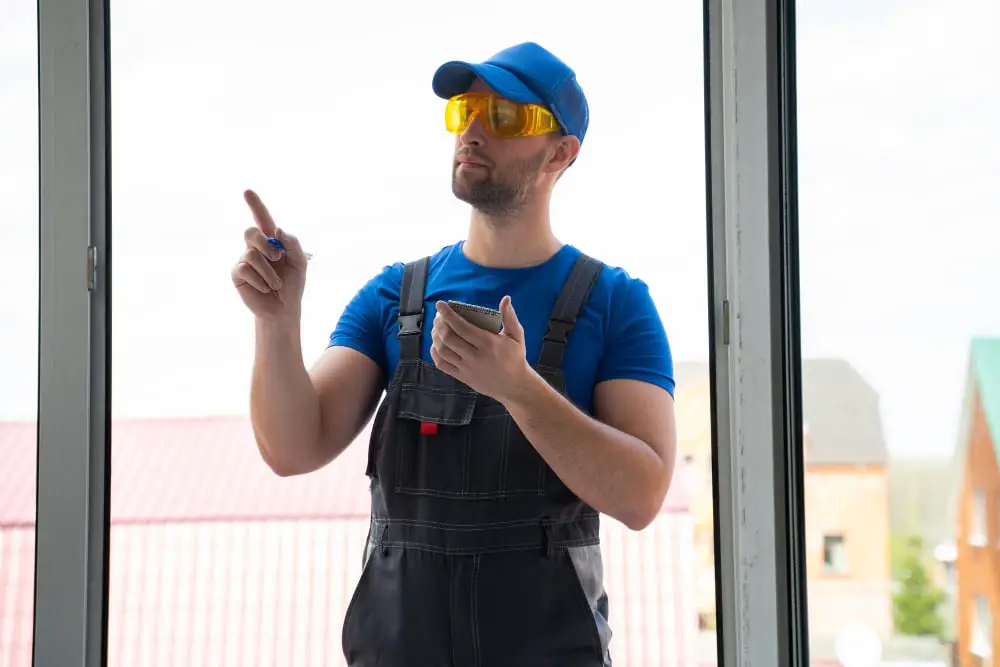
First, take a close-up look at the sealant to check for cracks, fissures, or other signs of wear and tear which could compromise the window’s integrity. There should be a continuous bead of sealant around the entire perimeter of the window. Gaps and interruptions can be openings for water leaks and drafts.
Next, perform a touch test. The sealant should feel sturdy yet flexible to the touch. Hard, brittle, or sticky sealant may indicate deterioration. Additionally, observe the sealant during different weather conditions. It should maintain its consistency, whether it’s hot, cold, rainy or windy.
Finally, consider a water penetration test for a more comprehensive approach. By spraying water on the window frame, you can observe if water seeps through any parts of the seal, indicating a compromised seal.
Remember, a successful seal keeps the elements at bay, contributing to the longevity and efficiency of your metal building. Hence these inspection techniques are indispensable.
Methods for Maintaining Window Seals in Metal Buildings
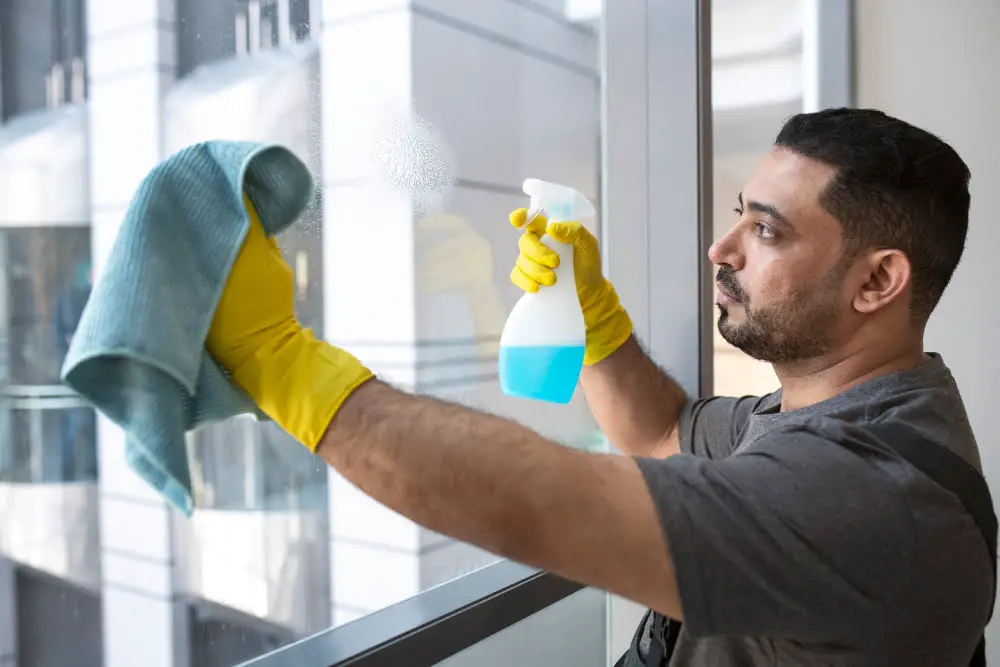
To extend the lifespan of your sealed windows, consistent maintenance is key.
1. Cleaning – Accumulated dirt and grime can degrade the sealant over time. Regularly clean the area using a soft cloth and mild detergent.
2. Periodical Reapplication – Depending on the type of sealant, it’s often recommended to reapply it every few years to maintain its effectiveness.
3. Avoid Harsh Chemicals – When cleaning around the window, avoid abrasive or chemical-heavy cleaners that can damage the seal.
4. Insulation Check – Inspect and maintain the insulation around the windows frequently. Any damage to the insulation material can indirectly affect the window seal.
5. Professional Inspection – Have the seals inspected by a professional at least once a year. They can identify potential problems and suggest appropriate solutions.
Following these steps can significantly help in maintaining the efficiency of your window seals and prolong their functionality.
The Importance and Process of Regular Window Seal Inspections
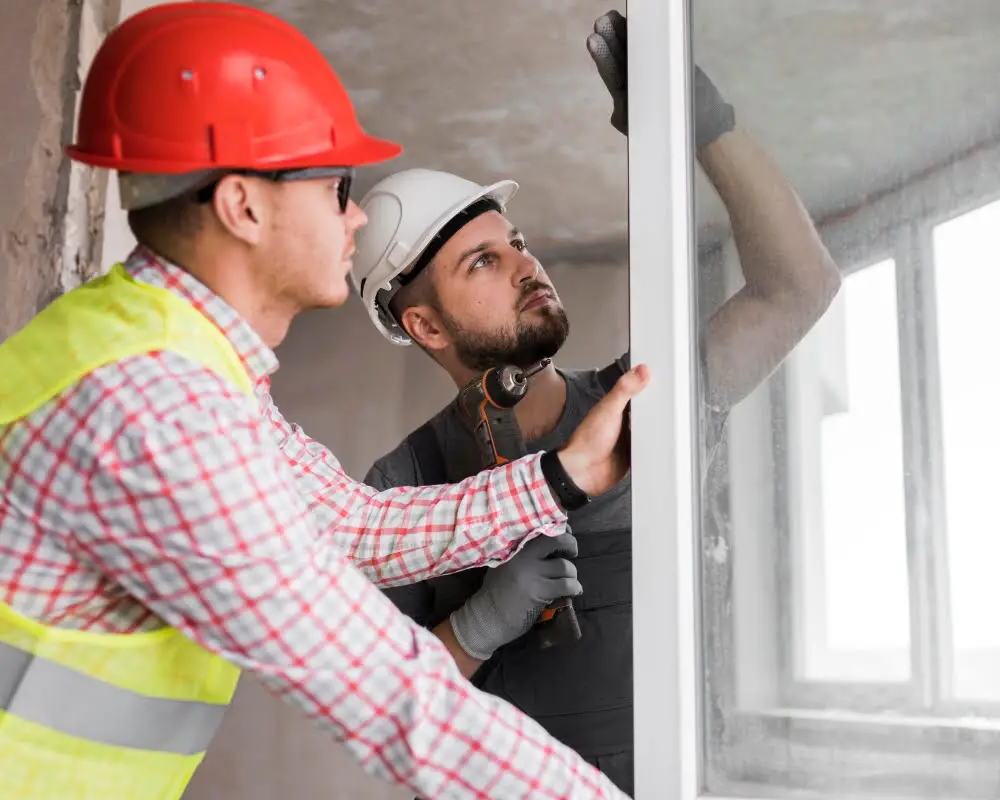
Conducting routine checks on your window seals ensures they are functioning correctly and haven’t succumbed to damage. This is, perhaps surprisingly, a simple process. Start by visually inspecting the seal for visible cracks or gaps that could allow air or water infiltration.
Next, use your hand to detect any drafts coming from around window edges, indicating a seal failure. If suspicions arise, try the old “paper test”. Close a piece of paper in the window and see if you can pull it out with little resistance. If this test is passed with ease, there may be a problem.
Additionally, keep an eye on your energy bills. If they’ve risen suddenly without another explainable cause, it could mean your window seals are failing. Regular inspections like these not only keep your metal building comfortably insulated but also effectively manage energy costs. They prevent minor issues from becoming major, costly repairs and help your building maintain its durability and longevity.
Achieving Longevity of Window Seals in Metal Buildings
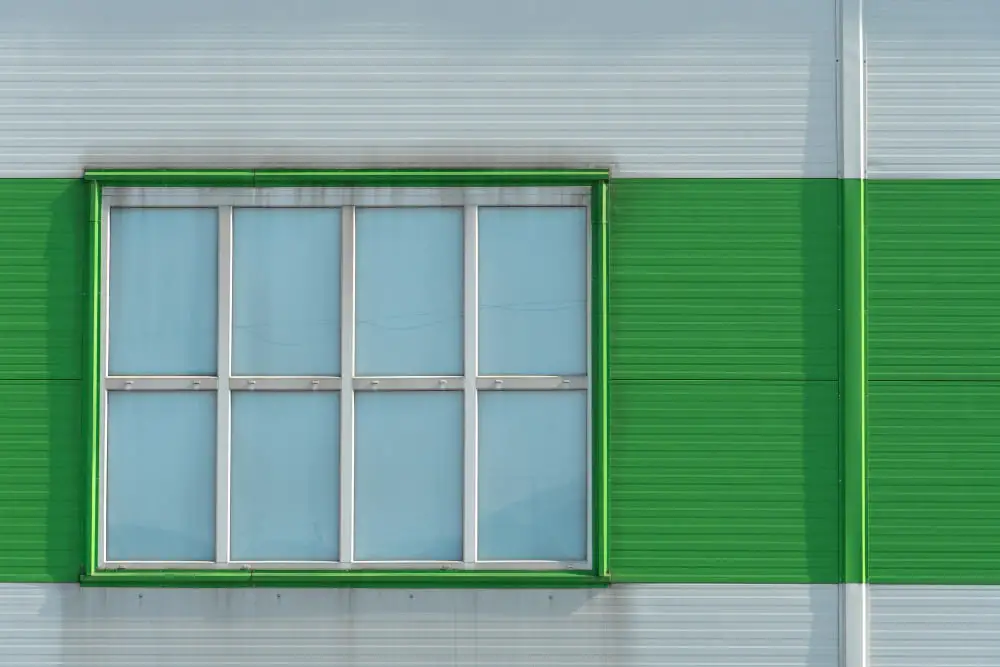
To ensure a longer lifespan for your seals, consistent maintenance is paramount.
1. Regular Cleaning: Dirt and grime can erode the seal over time. Regular cleaning with a soft brush and mild detergent will keep your seals free from these harmful deposits.
2. Proper Installation: Ensuring the seals are installed professionally without stretching or warping will result in a longer-lasting seal.
3. Use Quality Products: Not all sealants are created equal. Investing in a high-grade sealant designed for metal buildings will contribute significantly to the seal’s longevity.
4. Shield from UV light: Overexposure to UV light escalates the seal’s aging process. Use UV-resistant treatments or consider installing shades over the windows.
5. Regular Inspection: Look for signs of cracking or hardening during routine maintenance checks. Early detection and fixing can prevent full seal failure.
By implementing these practices, you can significantly extend the life of your window seals, enhancing the overall durability and performance of your metal building.
FAQ
What is the best caulk for metal building windows?
The best caulk for metal building windows is silicone due to its long-lasting capability, wide temperature range tolerance, and noncombustible properties.
What is the best caulk for metal buildings?
The best caulk for metal buildings is silicone sealant due to its excellent adherence to metal, superior moisture and UV protection, and exceptional joint movement capabilities.
What sealant should I use around windows?
For maximum flexibility and durability, it is advised to use low modulus-based silicone sealants around windows.
How do you make a metal building airtight?
To make a metal building airtight, one must seal the top and bottom spaces with vinyl backing or a vapor barrier, which keeps humid air out, minimizes unwanted heat transfer, and enhances the efficiency of insulation.
What is the proper technique for caulking around metal building windows?
The proper technique for caulking around metal building windows involves using an acrylic latex caulk or a polyurethane-based sealant, and applying it smoothly along the perimeter of the window, ensuring that it flows into the gap between frames and panels, creating a waterproof seal.
What types of materials are needed in sealing a metal building from moisture infiltration?
To seal a metal building from moisture infiltration, materials needed include sealant (like silicone or polyurethane), insulation, vapor barriers, and flashing.
How frequently do you need to reapply sealants to maintain the airtight integrity of a metal building?
Sealants in metal buildings typically need to be reapplied every 5 to 10 years to maintain the airtight integrity of the structure.
Recap



